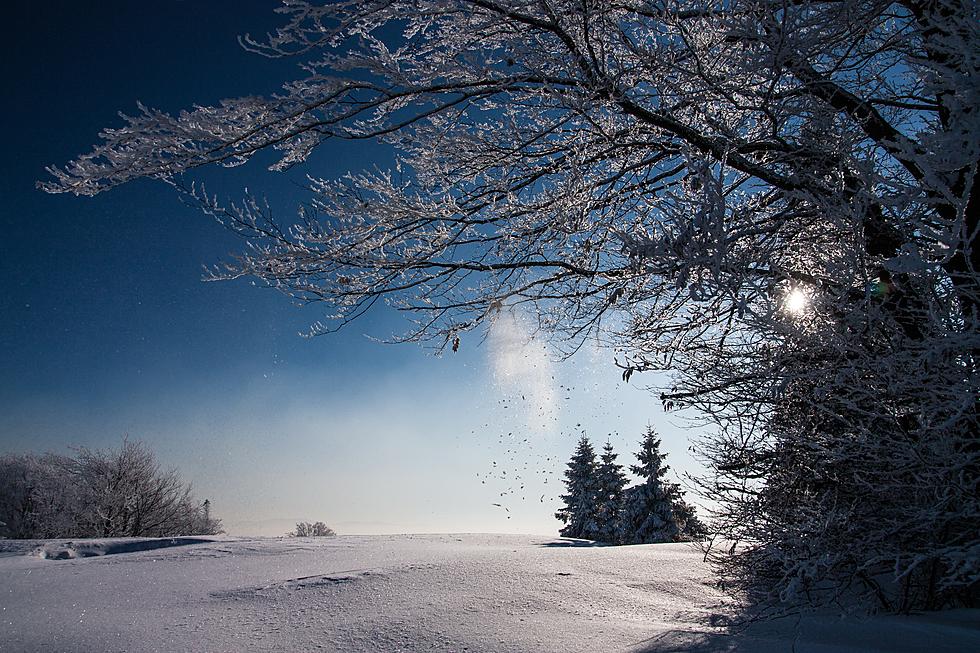
Icy and Flaky Winter Predicted For Kentucky, Indiana and Illinois
When it comes to winter, I'm a big fan. And, no, it's not because I'm a menopausal woman who is always in some phase of a hot flash. It's because I love snow. Call me crazy if you want, but for as long as I can remember, I have loved the cold and snow.
I know, as far as trying to get around in the winter, it can be very annoying and dangerous. I don't like that part of it either. Trust me, a few years ago I was stranded in my car, only about five miles from my house, and it was terrifying. Nobody could get to me because the snow was too deep. I've lived the scary of winter, but I still love it. I was just stupid that day and winter won.

Some of my favorite memories from my childhood involve winter and playing in the snow, or should I say snowdrifts. The blizzard of '77 formed 4 ft, ice-covered snowdrifts. It was like a North Pole-like playground in our backyard. It was amazing. It was a beloved snow day for two weeks.
Will we get anything like that for the winter of 2021? Well, yes and no.
According to the 2021-2022 Farmer's Almanac, this is what we are looking at as far as cold, snow, and Ice.
There will be snow, but probably not as much as snow-sport enthusiasts might dream of. On average, we’ll see near-normal amounts of the white stuff from coast to coast. However, there will be notable month-to-month variations.
- Midwest and Ohio Valley will have more than their fair share of cold and flaky weather in January.
- February will average out to be a much quieter month in terms of storminess across much of the nation.
- March will be a microcosm of the entire winter. From start to finish, the month will be full of stretches of uneventful weather, but when it turns stormy, the precipitation will come in big doses.
So, in Leslie's terms, it looks like I will just like January, be indifferent to February, and love March. If you hate winter, you will not like January, be super into February, and hate March. LOL
How much snow are we looking at?
Snowfall will be below normal in most areas, with the snowiest periods in early and mid-December, mid-to-late February, and early to mid-March.
KEEP READING: 8 Great Places for Sledding in Indiana & Kentucky
KEEP READING: Get answers to 51 of the most frequently asked weather questions...
TIPS: Here's how you can prepare for power outages
LOOK: The most expensive weather and climate disasters in recent decades
6 Items To Help You Stay Warm This Winter (*As Amazon Associates, we earn on qualifying purchases)
More From WOMI-AM




![Watch A Black Bear Swimming In A Kentucky Lake [VIDEO]](http://townsquare.media/site/71/files/2021/09/attachment-NOCO-Park-Movies8.jpeg?w=980&q=75)




